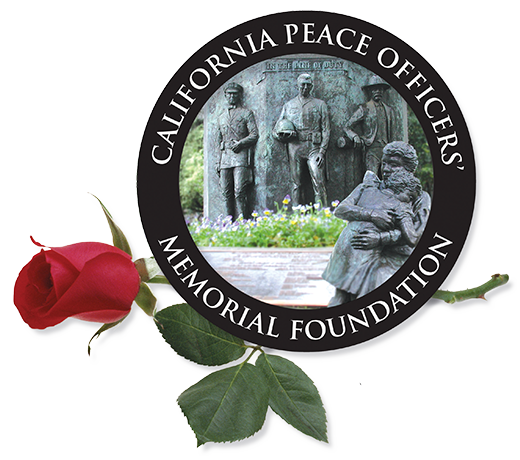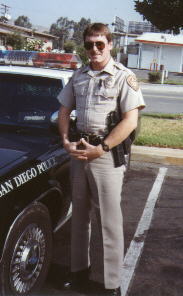The life of Los Angeles Police Department Detective Edward S. Kislo was dedicated to two responsibilities: “One of them was his 12-year old son Nicholas, the other was his police department.”
Kislo, 50, was shot and killed in the line-of-duty on August 23, 1992, while responding to a neighbor’s call for help.
On Saturday, Aug. 22, at 11:45 p.m., Fredricka Haymaker heard noises coming from her backyard. She saw a silhouette coming over her fence into her yard. She telephoned her neighbor, Det. Kislo, who was off duty and at home.
Kislo went to Haymaker’s residence and was directed to the backyard by Fred Lyon, Haymaker’s father. As Kislo was searching for the prowler, Lyon heard Kislo state, “Show yourself.”
Kislo was starting to point his 9mm automatic toward some shrubbery, when Lyon saw a flash of fire and heard a loud bang coming from the shrubbery.
Kislo fell to the ground. He was transported to the Brothman Hospital where he was treated for a gunshot wound to his right neck area. He was pronounced dead at 1:30 a.m.
There are no suspects in the murder of the 18-year LAPD veteran.
Pastor Mark G. Lemenes and Father Mike McCullough, department chaplain, presented Kislo’s eulogy at the El Dorado Park Community Church which was filled leaving many officers standing outside.
Approximately 600 law enforcement personnel from Los Angeles and surrounding areas attended the funeral services.
The Kislo’s hearse was proceeded to the Forest Lawn Cypress Cemetery by a unit of horses, one of which was riderless.
The pall bearers included officers Jeff Churchill, John Rodriquez, Mike Schweer, Ray Mauss, Mike Hrehor, Larry Molinar, and civilian Jeff Williams.
Sgt. Randy Guan led the Honor Guard which conducted the formal flag presentation.
Officer Terese Churchill remembered Kislo as the “type of person who’d give you the shirt off his back. One who would always be the first to volunteer to stay late so his coworkers could leave. He was a great friend along with being a good coworker.”
Kislo, a Navy veteran, had been a member of the Detective Headquarters Division on PM Watch for the past two years. He was assigned to the K-Car and investigated natural deaths.
Detective Kislo is survived by his son Nicholas, mother Rose Kislo of Massachusetts, and sister Carolyn Zielinski of Florida.

 In his eulogy, Bucheit said Davis “was a helper to us all, and he was a competitor. He wanted to win at all costs.” “He cared. He genuinely cared about the people that he worked with, and he cared about the people that he served in the community,” Bucheit said.
In his eulogy, Bucheit said Davis “was a helper to us all, and he was a competitor. He wanted to win at all costs.” “He cared. He genuinely cared about the people that he worked with, and he cared about the people that he served in the community,” Bucheit said.